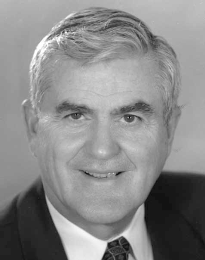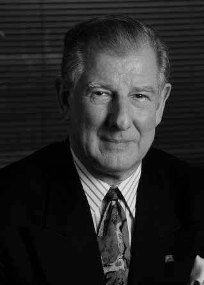The Sudbury Star is the City of Greater Sudbury’s daily newspaper.
The city of Grater Sudbury is poised to announce a landmark agreement to share the costs of rebuilding a local road with area mining companies.
The deal, which will be introduced to council at its Jan. 24 meeting, will split the cost of improvements to Regional Road 4 in Whitefish between Vale, Quadra FNX and the city. The city’s share of the $20-million project is expected to be about $5 million, Greg Clausen, the city’s general manager of infrastructure, said.
The road, more commonly known as Worthington Road, serves Vale’s Totten Mine and a handful or residential and camp properties. It will also serve Quadra’s Victoria Mine, for which constr uction is expected to begin this year. When completed by 2017, Victoria Mine will employ more than 200 full-time people throughout its 15-to 20-year lifespan.




























